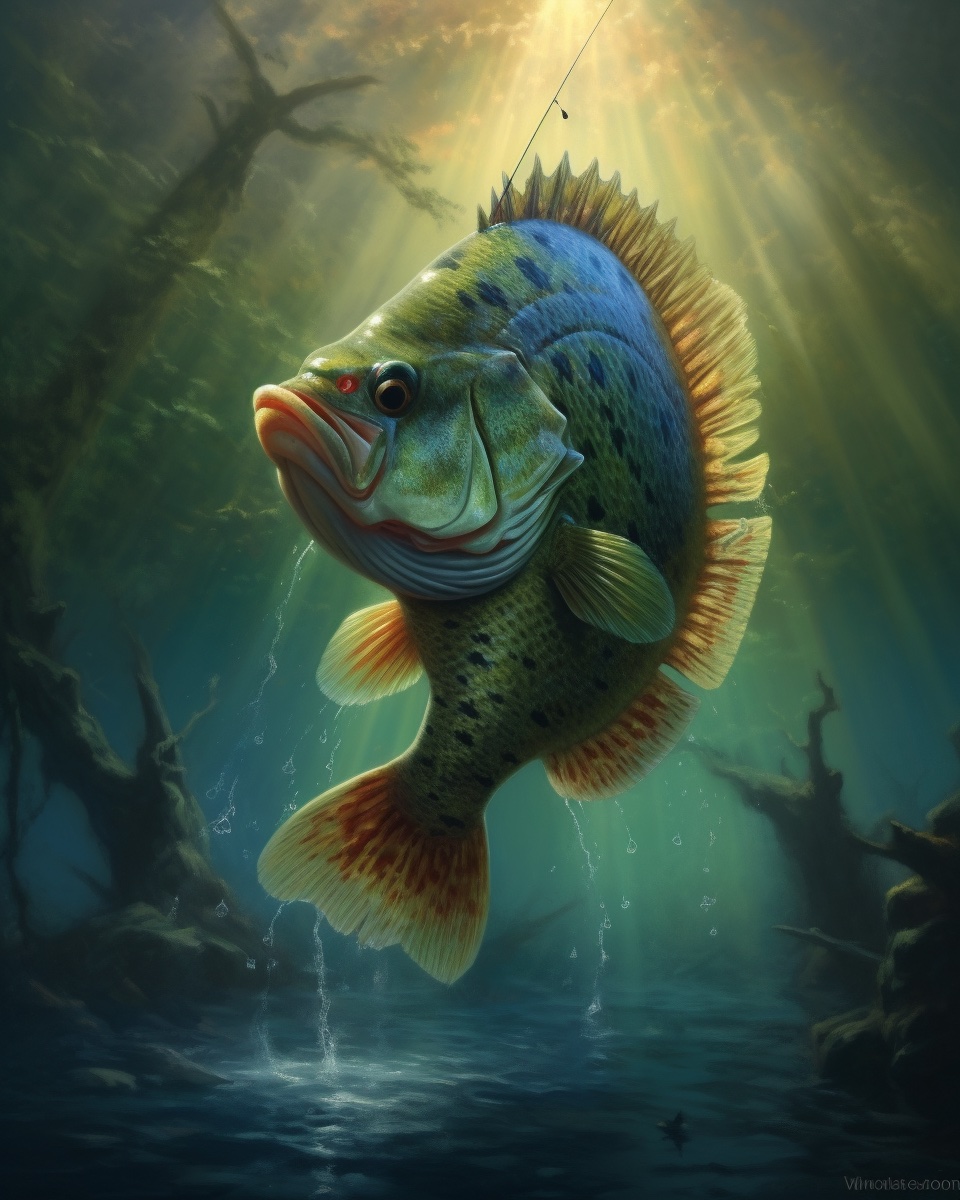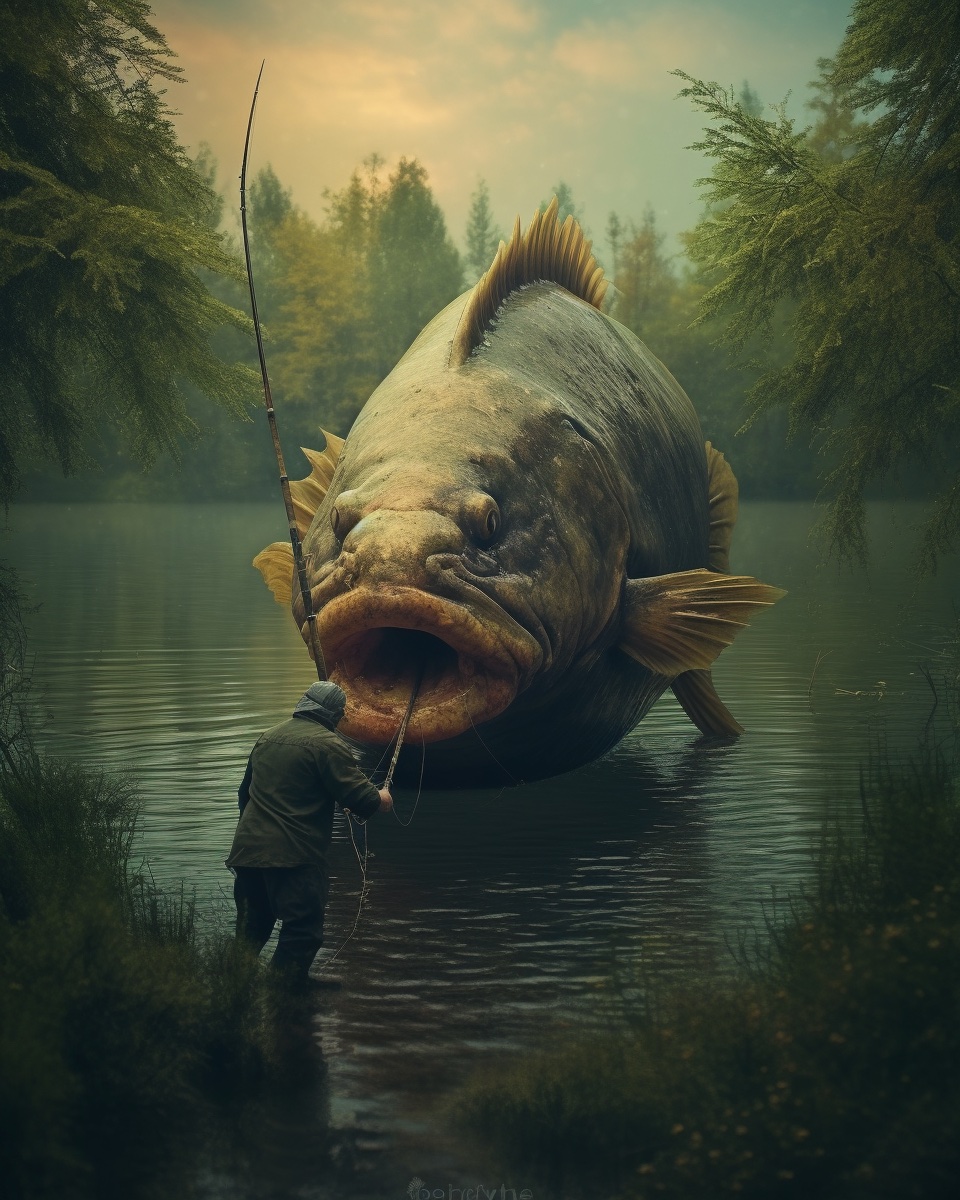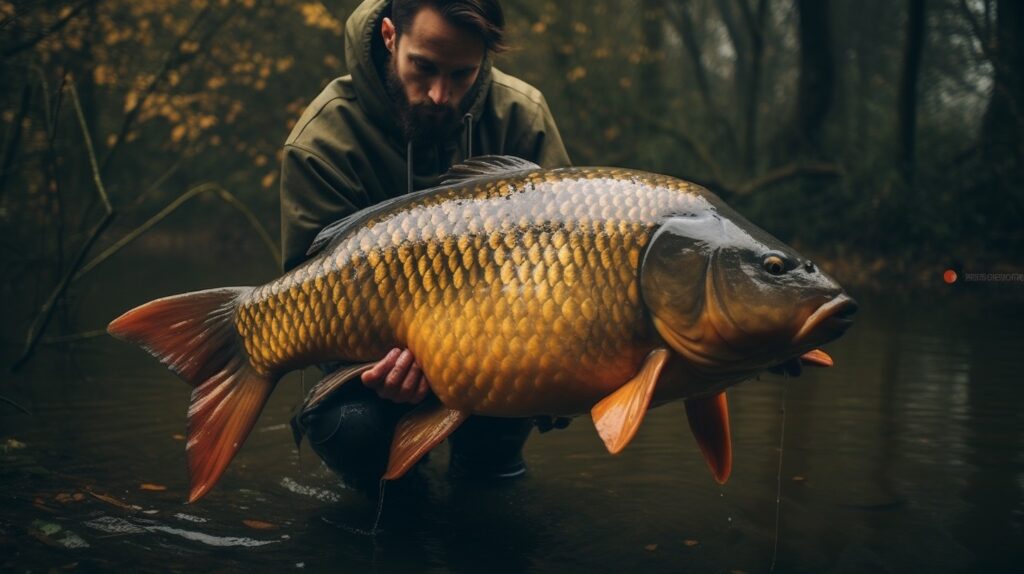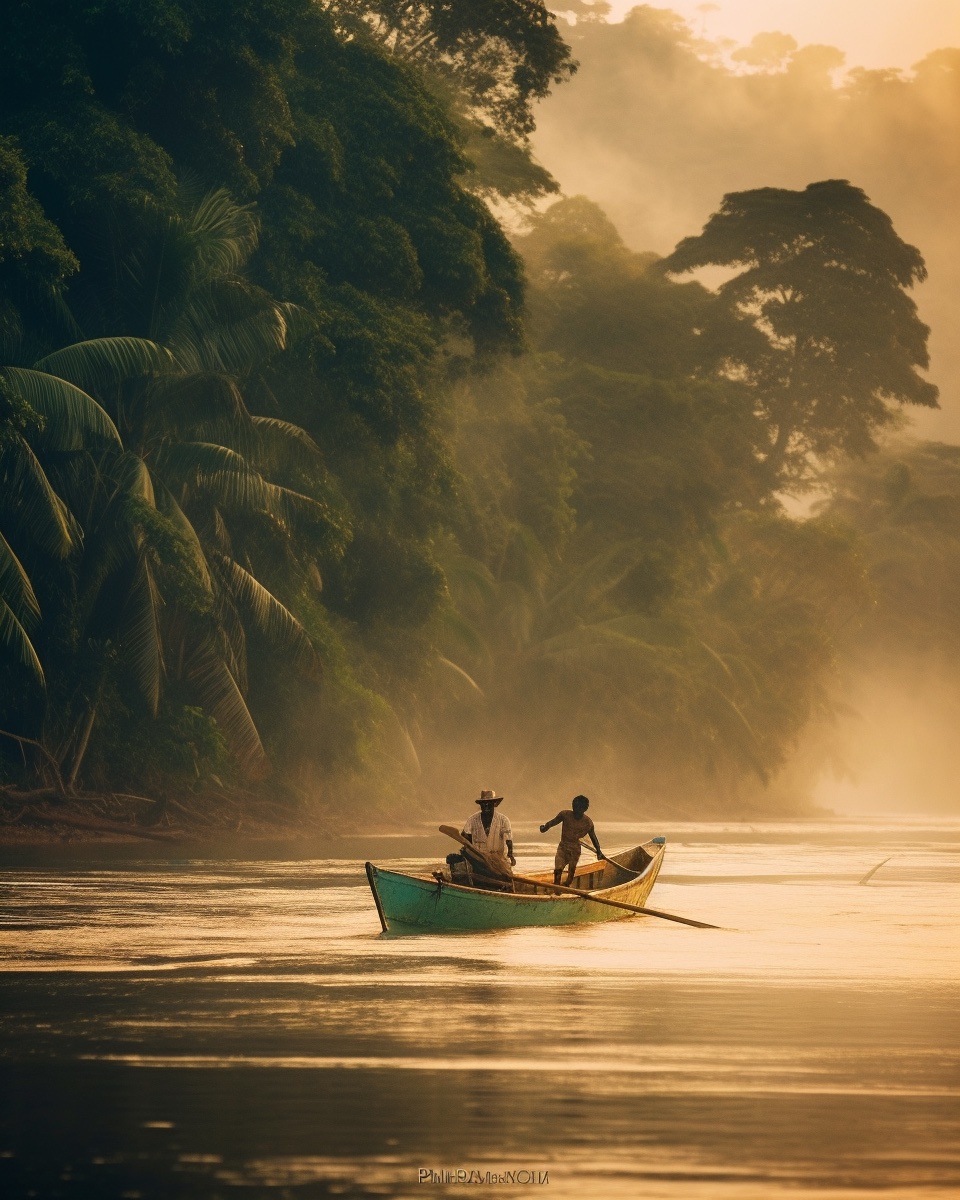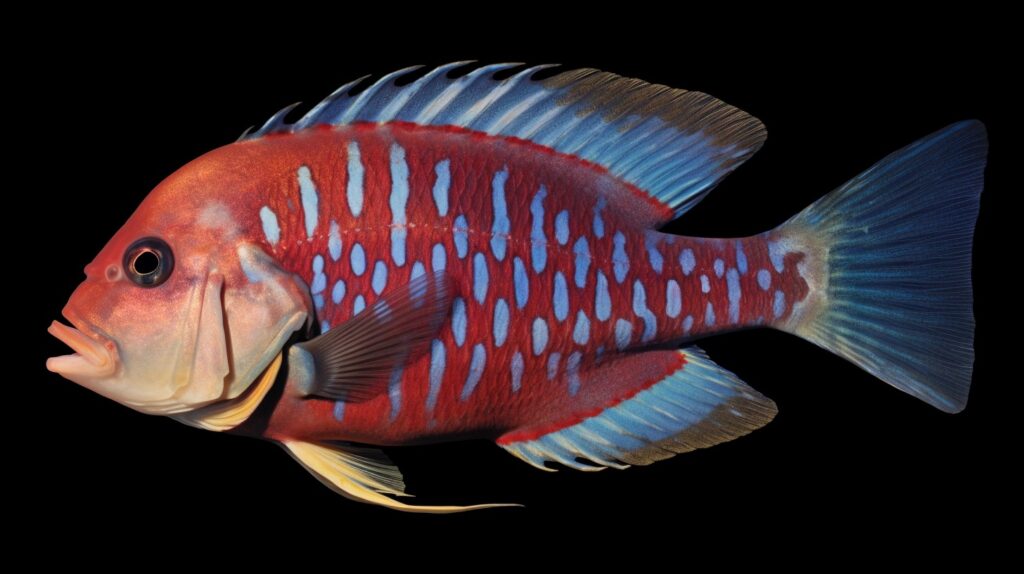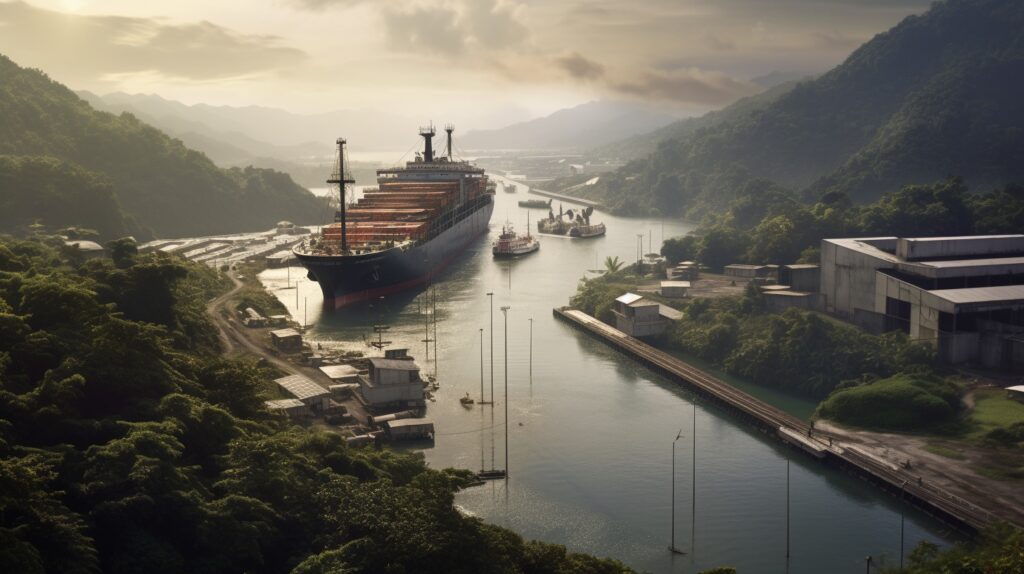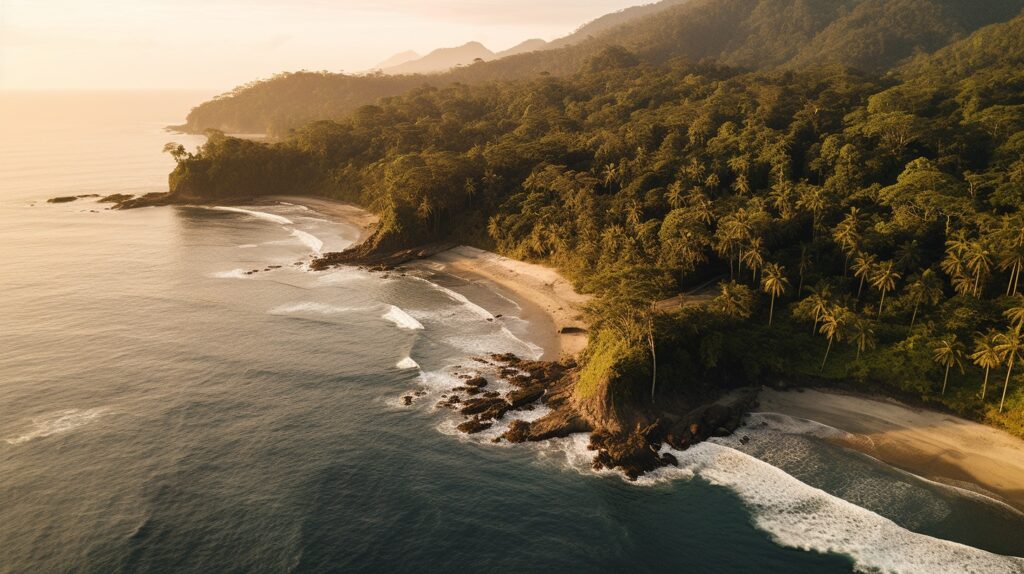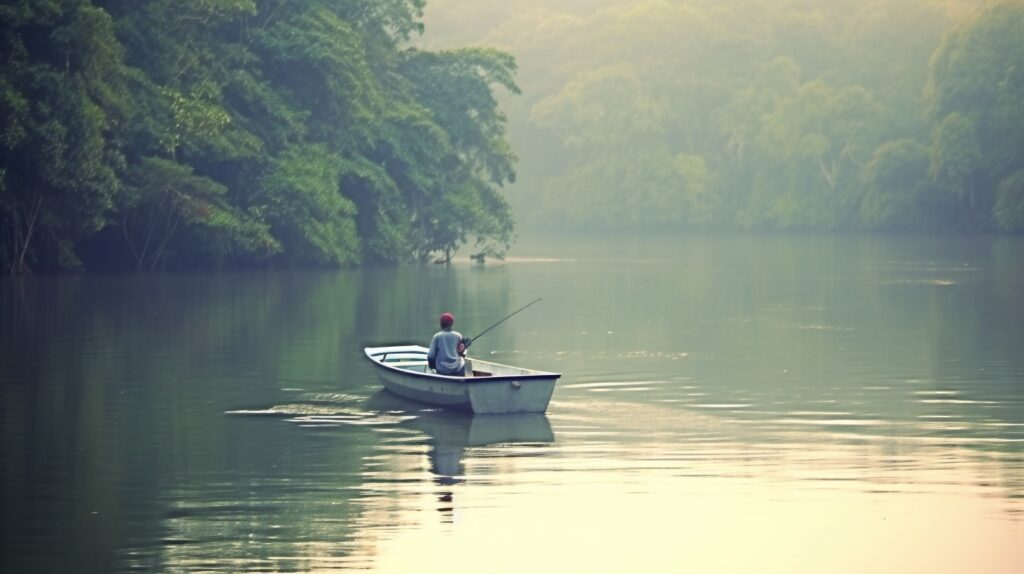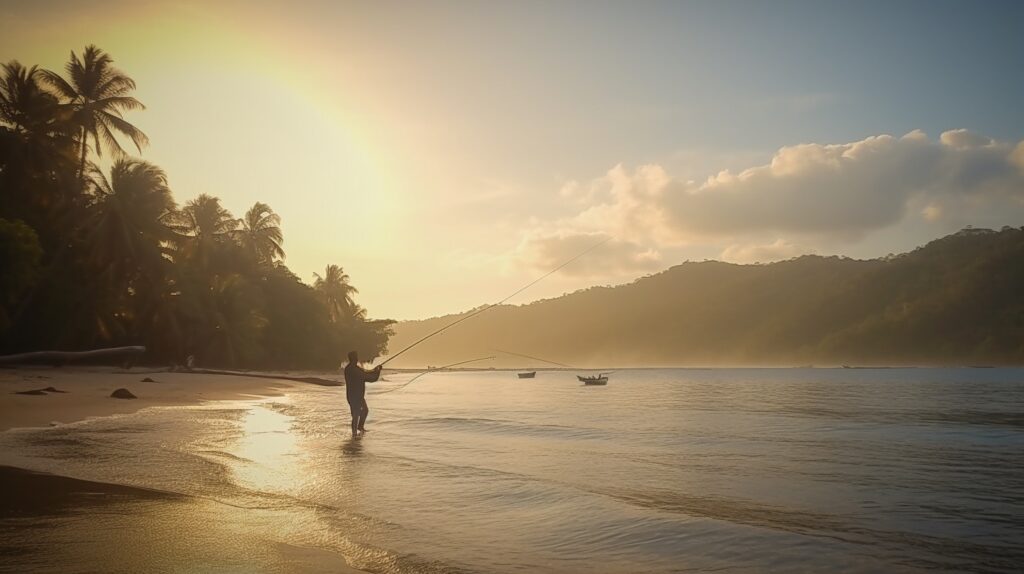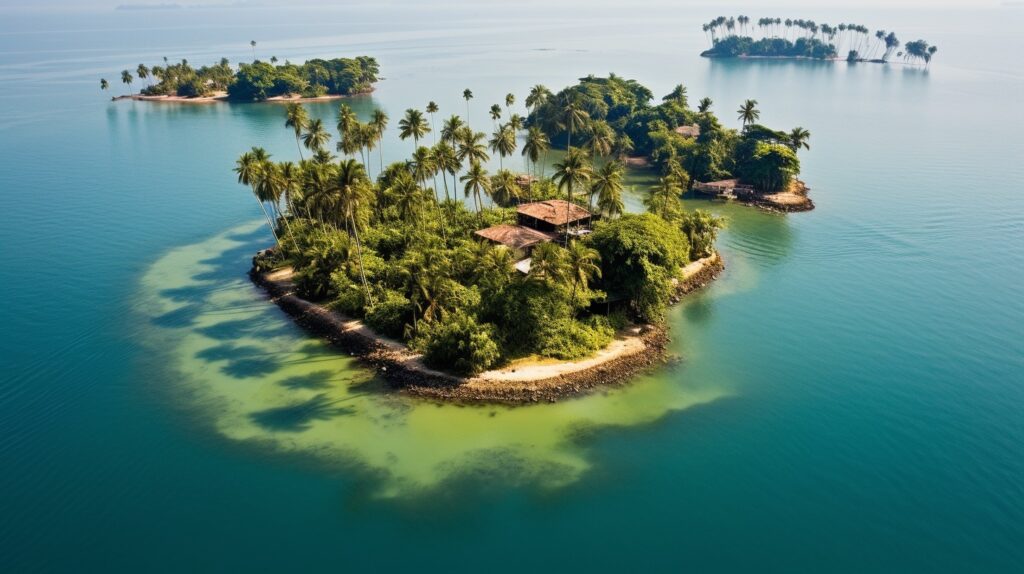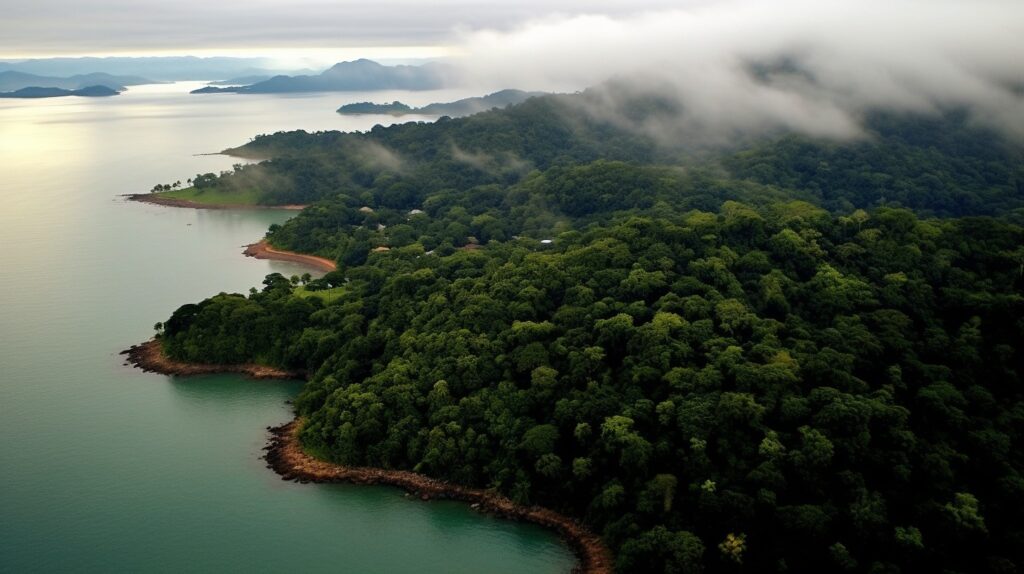Crappie fishing is a beloved pastime enjoyed by many anglers across the United States and beyond. Revered for their sporting nature and delectable taste, crappie are freshwater fish that are a part of the sunfish family. This lively species of fish provides an enjoyable challenge for novice anglers and seasoned pros alike, creating a satisfying blend of relaxation and excitement.
A significant part of any successful fishing expedition is choosing the right equipment. The choice of fishing gear, including rods, reels, line, bait, and hooks, can greatly impact the fishing experience and your overall catch rate. While each piece of equipment holds its significance, this article will focus on one of the most critical components: the hook.
The hook, although small, is a quintessential part of the crappie fishing equation. The correct size and type of hook can be the difference between a fruitful day at the water and a disappointing one. Whether you’re new to crappie fishing or looking to refine your fishing strategies, understanding the importance of choosing the right hook size is invaluable.
Understanding Crappie Species
Before diving deeper into the topic of hook sizes, it’s crucial to understand the species you’re fishing for. Crappie fish primarily come in two varieties: white crappie and black crappie.
White crappie, scientifically named Pomoxis annularis, are easily identified by their silvery color with a green or brown back and their vertical black stripes. They tend to be more tolerant of murky waters and are often found in slightly warmer water conditions than their black counterparts.
Black crappie, or Pomoxis nigromaculatus, are similarly colored but carry a pattern of black spots rather than stripes. They prefer clearer waters with abundant underwater vegetation where they can find their preferred diet of small fish and aquatic insects.
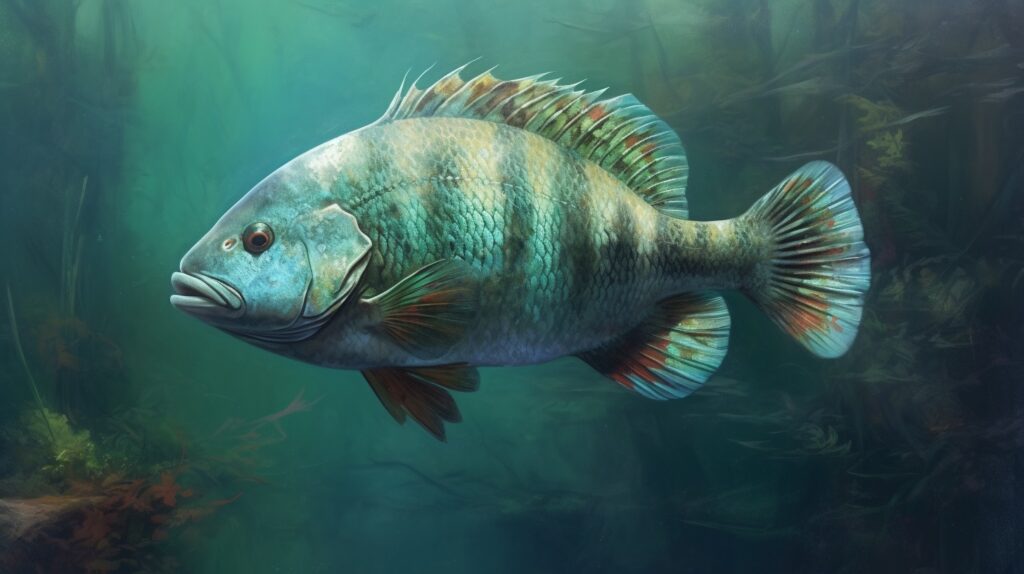
Recommended Hook Sizes for Crappie Fishing
Selecting the right hook size for crappie fishing is a critical decision that can significantly impact your success on the water. It’s important to remember that hook sizes are somewhat inversely numbered; this means that smaller numbers actually correspond to larger hooks, and larger numbers correspond to smaller hooks.
When it comes to crappie fishing, the ideal hook sizes generally fall within the #2, #4, and #6 range. These sizes are versatile and suitable for catching both black and white crappie. They are also great for most types of bait used for crappie, including live minnows and various artificial lures.
#2 Hooks
This size hook is usually a good choice when using larger bait or when targeting bigger crappie. This hook size will be less likely to rip out of the crappie’s mouth due to the larger surface area and can help secure your catch during the reeling process.
#4 Hooks
The #4 hook is a versatile choice and a favorite among many crappie anglers. It’s large enough to hold a variety of baits and small enough to remain hidden, creating an effective yet inconspicuous presentation.
#6 Hooks
#6 hooks are on the smaller end of the recommended range for crappie fishing. These hooks are a great choice when fishing with smaller baits or when the crappie are being particularly finicky or cautious. Smaller hooks are less likely to be detected by the fish, increasing your chances of a successful bite.
As a general rule, the hook size you select should align with the size of the crappie you’re targeting. If you’re after larger crappie, you’re likely to have more success with a larger hook like a #2. Conversely, if the crappie in your area tend to be smaller, a #4 or #6 hook might yield better results. Always remember to adjust your tackle according to the conditions of the day and the behavior of the fish.
Different Types of Hooks Suitable for Crappie Fishing
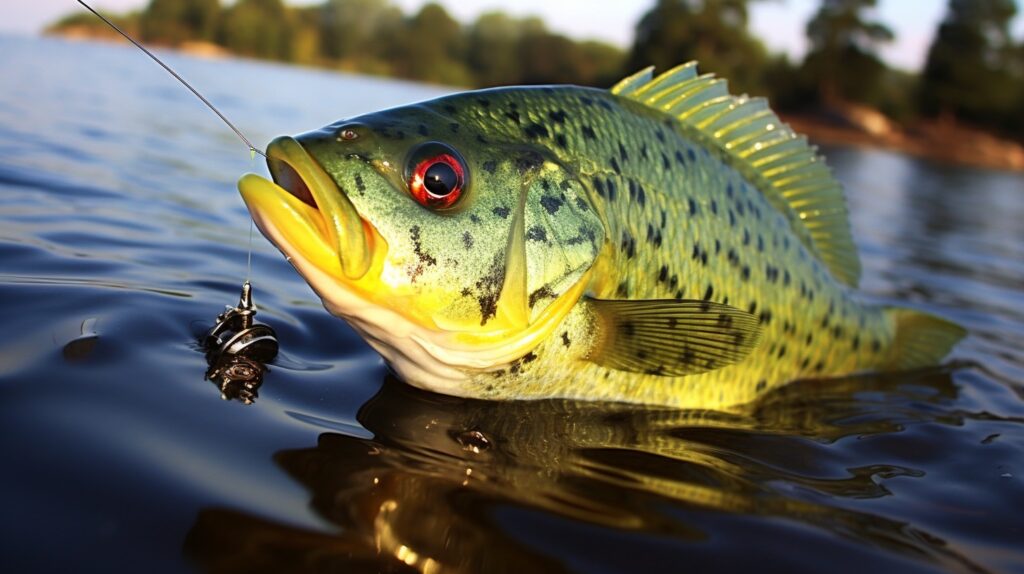
When crappie fishing, it’s not just the size of the hook that matters; the type of hook you use is also crucial. There are several types of hooks that are suitable for crappie fishing: J-hooks, circle hooks, and treble hooks are among the most popular.
J-Hooks
J-hooks, so named because they resemble the letter “J,” are a go-to choice for many crappie anglers. They are versatile and effective, suitable for both live bait and artificial lures. J-hooks are designed to catch the fish in the side of the mouth as they take the bait, which often ensures a solid hold. However, they require timely and accurate hook-setting to be effective.
Circle Hooks
Circle hooks have a unique design where the point of the hook is curved inwards towards the shank. This design minimizes the chance of gut-hooking, as the hook generally catches the fish in the corner of the mouth as it swims away. Circle hooks are best suited for live bait fishing, as they don’t work as well with many artificial lures. While circle hooks can be used for crappie, they are less common than J-hooks and treble hooks.
Treble Hooks
Treble hooks consist of three hooks branching from a single shank, with each hook point equally spaced apart. Treble hooks offer three times the chance to hook a fish, making them particularly effective when using artificial lures like crankbaits or spinners. Because of their design, they often ensure a better hold on the fish, but they may also cause more damage to the fish.
The choice of hook type will indeed influence the size decision. For example, a #6 treble hook is going to be much larger overall than a #6 J-hook because it consists of three hooks in one. It’s also important to match the hook type to the bait type, which leads us into our next topic.
Impact of Live Bait and Artificial Lures on Hook Size
The type of bait you use for crappie fishing—whether live bait or artificial lures—will also impact your choice of hook size.
Live Bait
Minnows are the most common live bait used for crappie fishing. When using minnows, a smaller hook like a #6 or #4 is often ideal. The smaller hook will cause less harm to the minnow, allowing it to swim naturally and attractively.
Artificial Lures
Artificial lures, such as jigs, spinners, and small crankbaits, are also popular for crappie fishing. Jig heads usually come with hooks already attached, but if you’re using a soft plastic bait with a jig head, a #2 or #4 hook is often a good choice. Spinners and small crankbaits usually come equipped with treble hooks, which provide multiple points to hook the fish.
The key is to match the hook size to the size and type of bait. Small, delicate baits often work best with small hooks, while larger lures can handle larger hooks.
Conclusion
Crappie fishing is a delightful pastime that offers a satisfying blend of relaxation and excitement. Success in this endeavor greatly depends on several factors, among which the choice of the correct hook size holds great importance. Remember, hook sizes for crappie generally fall within the #2, #4, and #6 range, with the specific size selected based on the size of the crappie targeted and the type of bait being used.
Beyond size, the type of hook you choose also plays a vital role. J-hooks are versatile and can be used with both live bait and artificial lures. Circle hooks are best for live bait, especially when aiming for a gentle catch in the fish’s mouth. Treble hooks, with their three-pronged design, are particularly effective when using artificial lures like crankbaits or spinners.
The type of bait used, whether live or artificial, impacts the choice of hook size too. Smaller hooks are generally better for live bait like minnows to keep them lively and attractive. Artificial lures, on the other hand, often require larger hooks or come pre-equipped with hooks, particularly in the case of jigs, spinners, and crankbaits.
As we conclude our in-depth guide on selecting the right hook size for crappie fishing, we hope that this knowledge assists you in making informed decisions, leading to fruitful crappie fishing trips. We encourage you to apply this knowledge on your next fishing adventure and refine your strategies based on your experience. Remember, while understanding your gear is crucial, the joy of crappie fishing also lies in the beauty of nature, the thrill of the catch, and the experiences that come with each trip. So, get out there and enjoy your crappie fishing experiences to the fullest. Happy fishing!

